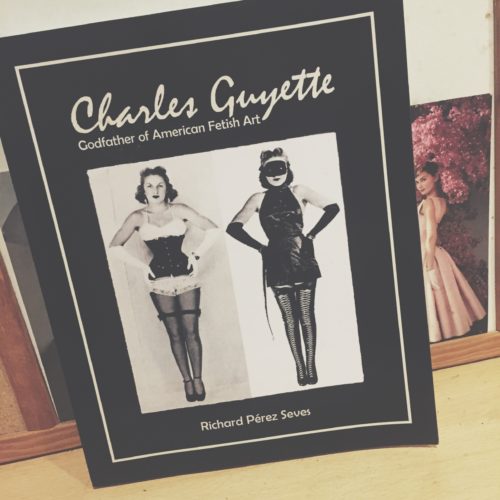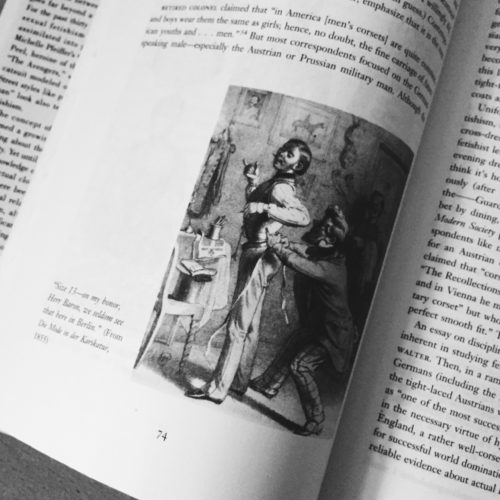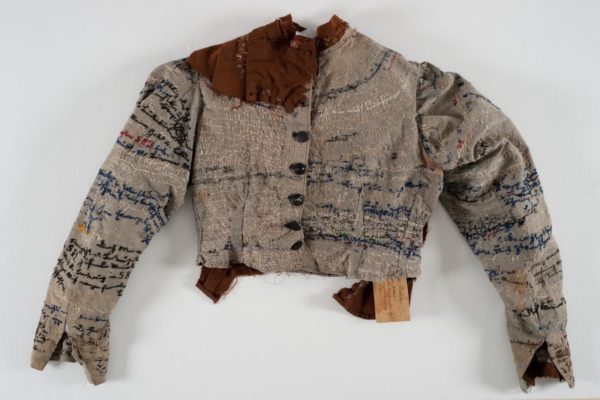
After the Mexican Revolution of 1910-1920, depictions of indigenous people and their dress began to be used by artists as an important tool for glorifying Mexican nationalism and the new Socialist politics of the country. Sergei Eisenstein, a Russian filmmaker who became disheartened with the Soviet Union’s treatment of both avant-garde art and antique religious artefacts, looked to Mexico as an example of perfect socialism. He traveled there in 1930, after meeting Diego Rivera in 1927 and became enthralled with the Mexican heritage that Rivera spoke so passionately about. Eisenstein’s intention was shoot a film entitled ¡Que Viva Mexico! However, the project was never fully realized as he was forced to return to the USSR after losing his funding in 1932. What remains are the hundreds of metres of film he shot, which, in 1979 were turned into a film of the same name by director Grigori Aleksandrov. Aleksandrov remained faithful to the format that Eisenstein had intended for the film, breaking the footage up into four separate episodes: Sandunga, Fiesta, Maguey and Soldadera, as well as a prologue and epilogue.
The film opens with shots of the Mexican landscape and ancient ruins, depicted almost as snapshots. Each of the four episodes then depicts a different time period and location, but always exalting Mexican nationalism, culture and particularly the lower classes.
Maguey is the episode in which sympathy for and appreciation of the lower classes is most apparent, and the disparity between the dress of the workers and landowners most obvious. Set on a maguey plantation during the pre-Revolutionary capitalist regime, headed by leader Porfirio Diaz, it tells the story of Sebastian, a worker, and his lover Maria. When Maria is held captive and abused by the apparently evil landowner, Sebastian and his friends seek revenge, but are caught and executed. The episode is laced with visual references to Christianity, the immorality of the capitalist landowners and a clear allegiance to the workers.

Dress is crucial in marking out the different characters, particularly for an English viewer, as the film is in Spanish with Russian subtitles. As well as making the plot slightly more difficult to follow, this has the effect of forcing the viewer to read the visual clues left by Eisenstein during his filming. The workers are depicted in traditional Mexican clothing: simple trousers, and woven sarapes, blanket-like capes. During the beginning of the episode, the viewer is introduced to the workers. They are shown lined up against a wall in a sun-drenched courtyard. The camera draws the viewer’s attention to their garments and sandal-like shoes. These shots of the sun-drenched wall and the sarape-clad men were clearly conceived as an image of quintessential indigenous Mexico. However it is not an idealised, peaceful lifestyle. These men are subject to the exploitation and poor treatment that Eisenstein feels is part of a capitalist society. In stark contrast to the workers, there is one solitary figure looming in the background that is a representation of authority on the plantation. Unlike the men, he wears more European style tight-fitting trousers, a jacket and a large hat. He is seen only in profile, a silhouette against the bright field behind, which makes the large gun he rests on his bent knee even more apparent and menacing. His European style dress is one of the most obvious symbols of his evil character.

The workers’ dress is also radically different from the landowners themselves, who are shown as fat, lazy men getting drunk while the workers toil on the plantations. This episode is constructed as a microcosm of capitalism, in which the rich get ever richer, and subsequently fatter, from the labour of the poor. These men, who are cast as evil in the eyes of the viewer, are distinguishable by their lavish, European style of dress. They are depicted in tailored jackets, striped trousers and one even wears a bowtie, tying them definitively to Western capitalist societies.
Women’s dress is also contrasted to display the differences in social class. Maria is shown wearing a simple skirt, blouse and a scarf covering her head. In direct comparison, Sara, the daughter of the landowner, arrives wearing extravagant clothing; an elaborate ruffled blouse and skirt, white lace gloves, a large hat with lace train and bustle. She is an exaggerated image of vanity and her ostentatious costume is used to exhibit her decadence and cruelty.

Eisenstein’s message is clear: Mexico under Spanish rule and Diaz’s westernised, capitalist regime was a cruel society, driven by greed and abuse of the indigenous people. What is perhaps most significant about the depictions of the different classes in Eisenstein’s film is that they are mediated through a nationalist lens – the wealthier, landowning classes, who are portrayed as evil and manipulative, are all closely aligned through their dress to European traditions. The lower, working classes, in their indigenous attire, are idealised and shown as the victims of a corrupt capitalist system, and therefore are the heroes of the film.
Sources:
Inga Karetnikova and Leon Steinmetz, Mexico According to Eisenstein, (Albuquerque: University of New Mexico Press, 1991)










































